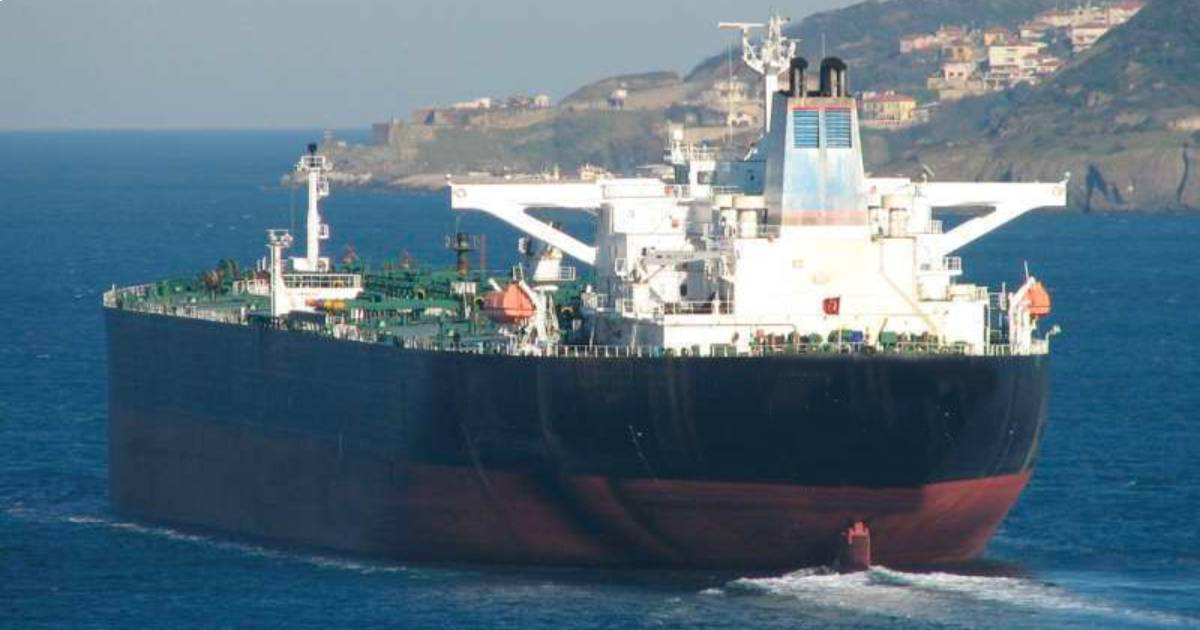
The state-owned Petroleum of Venezuela (PDVSA) has begun using "invisible" tankers – which sail off the radar – to supply Cuba, due to the reduction of the fleet of state-owned vessels that historically have covered this route.
This information has been confirmed by documents and ship monitoring services accessed by Reuters, which recalled that for over a decade, Cuba and Venezuela had exclusively used their own vessels for oil transportation between the two countries.
However, delays in maintenance have left several ships out of service, which, together with Mexico's incorporation as a new supplier to Cuba, using some of the same tankers, has reduced the availability of vessels to transport crude oil and fuel to the island.
Reuters points out that the situation becomes even more complicated because a large part of the fleets of Venezuela and Cuba are under sanctions from the United States, which limits their travels.
To navigate these restrictions, the tankers of the so-called "dark fleet" or "invisible" operate with third parties, lack insurance in the West, and send false location signals to conceal their movements.
Since June, PDVSA has begun to ship crude oil and fuel oil in parts, delivering a portion in Cuban waters and sending the rest to destinations in Asia, according to the company's maritime documents.
For example, ships alter their signals to make it seem like they are in other parts of the Caribbean while unloading in Cuba, often through ship-to-ship transfers, as recorded by the monitoring service TankerTrackers.com and satellite images from Planet Labs.
One of these tankers, the Neptune 6 flying the Panamanian flag, was last week near the Bay of Nipe in Cuba, transferring Venezuelan heavy crude and fuel oil to the ship Esperanza, flying the Cuban flag. However, according to the documents and images analyzed by TankerTrackers.com, the transmitter of the Neptune 6 has been indicating a location north of Curaçao since late May, according to LSEG data.
Neither PDVSA nor the Ministries of Foreign Affairs of Venezuela and Cuba have offered comments on this matter, and it is unclear whether the use of third-party vessels to supply Cuba is a temporary measure.
The use of additional ships could increase the supply of Venezuelan oil to Cuba, which so far this year stands at around 27,000 barrels per day (bpd), compared to the 51,500 bpd from the same period in 2023.
This support is crucial at a time when the demand for electricity, generated by oil-fed plants, surges during the hot Cuban summer.
Power outages, which used to be occasional in Cuba, have become routine due to limits on imported supply and logistical issues complicating the distribution of fuel to the country's aging power plants.
This translates to popular discontent and repression by the regime. Cuban energy officials have pointed out that workers are fine-tuning and providing maintenance to electricity generating plants before the peak summer demand, in order to control population pressure.
What do you think?
COMMENTFiled under: